An ability to think critically is essential for anyone looking to enjoy shooting sports to their fullest. Without critically examining the various issues, factors and considerations that affect each of the firearms that we might choose to use, a sportsman will be stuck solely with the opinions and thoughts that suit the sales reps of the gun makers.
Conventional wisdom (and sales literature) would have it that the Mauser action reigns supreme above all other manually operated rifle actions. But with a bit of critical thought, another contender for that crown appears in the form of the Lee action. I will argue that it is quicker, lighter, more accurate and practically stronger than the Mauser.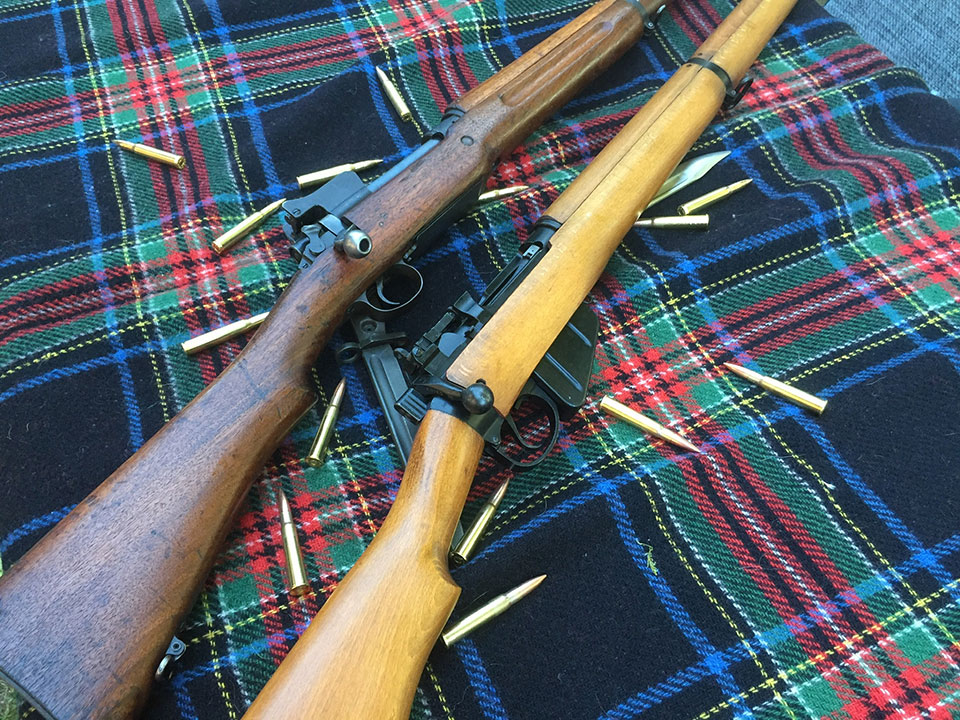
Like most other manually-operated rifle actions, the Lee was developed in the later part of the 19th century. The action was devised at the end of a frantic period of firearms development that saw governments spend millions trying to develop a firearm that would give their military a decisive advantage. The incredible developments made in firearms in this half century stand in stark contrast to the lack of movement in the preceding 400 years. Arguably, the first practical man-portable firearms came about at the start of the 15th century. From then until the middle of the 19th century, they remained roughly the same; muzzle loading smooth bores. In the latter half of the 19th century, the British Army progressed from the Brown Bess; firing 3 rounds per minute, with an effective range of 100yd, to the Maxim gun firing 500 rounds a minute with an effective range of 3,500yd!
The British Military was slow to adopt a magazine repeating rifle when compared to other countries. This was due to the outstanding performance of its single-shot predecessor; the Martini Henry - and financial constraints. The Martini Henry had given sterling service across the British Empire, notably at the Battle of Tel El Kebir. This saw British forces decisively defeat the Egyptian Army, whilst taking minimal losses, and securing the Suez Cannel for the next 70 years; largely thanks to the Martini Henry.
In the preceding 30 years, the British had seen their service rifle evolve through three different models; each one incurring huge costs to make and equip troops with. The treasury was adamant that Britain could not afford another model of rifle. But the crushing success of Prussian Forces, equipped with the magazine repeating Mauser Model 71/88, over French Forces equipped with single shot rifles, forced the British Treasury’s hand. So in 1888, Britain adopted the Lee-Metford; a combination of James Paris Lee’s action and William Metford’s barrel.
Metford’s rifling was very shallow, so as to minimise the effects of black powder fowling. Unfortunately, this did not wear well when subjected to the heat and increased velocities of the Cordite propellant, which replaced black powder. Therefore, in 1895 the Metford barrel was changed to a barrel with deeper rifling designed by the Royal Small Arms Factory, Enfield. The new rifle was called the Lee Enfield. Both the Lee Metford and Lee Enfield served together with distinction throughout the various small colonial wars at the end of the 19th century.
The Lee-Enfield's reputation was tarnished in the fall-out from the Second Boer War of 1899. Despite winning this war, the British Army did not perform well. As various senior officers looked to clear their names, they began to besmirch the reputation of the Lee Enfield. Unfortunately, the deep technical rationale as to why the Lee Enfield doesn’t deserve the reputation it gained in the Second Boer War is beyond the scope of this article. But to offer some proof of quite how good the Boer War Lee Enfield actually is, the picture below shows the performance of the author’s Magazine Lee Enfield Mk1* from 1900 and the 10 round group it shot at 300m.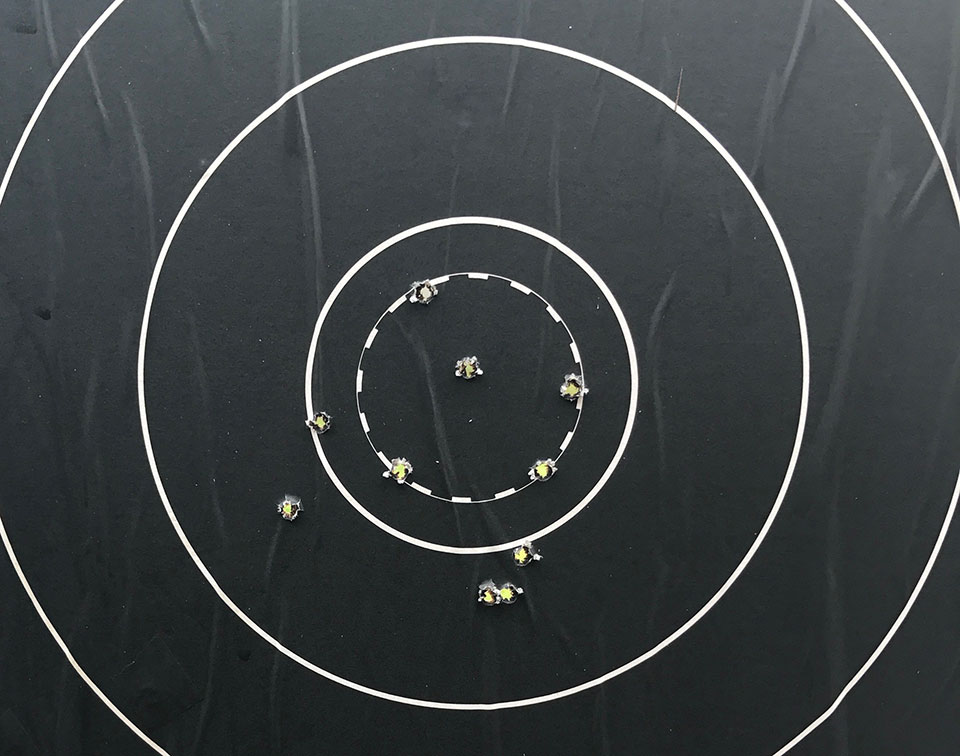
Due to criticism levelled at the Lee Enfield and pressure by the British NRA, who had a commercial interest in the Mauser Action, the War Office decided to investigate replacing the Lee with a Mauser actioned rifle. Rather than purchase any one of the many readily available Mauser actioned rifles, the War Office decided to develop its own rifle and cartridge. This became the Pattern 1913 Enfield which fired the .276 Enfield cartridge, possessing ballistic performance close to today’s 7mm Remington Magnum!
Despite many claims that the P13 and .276 would have replaced the Lee Enfield and .303, had it not been for the Great War, things are not as clear as it would seem. In essence, the chemistry and metallurgy of the time could not contain nor reduce the pressure and heat generated by the .276 reliably enough for the P13 to enter service; as demonstrated when a P13 blew-up, injuring the firer during Troop Trials. Therefore, the P13 was shelved until Britain needed more rifles during the Great War.
Britain’s rifle manufacturing capacity was already stretched when hostilities commenced in 1914, therefore Britain had to turn to America to make rifles for them. The American manufacturers were familiar with the Mauser action and, due to this, the decision was made that they should make P13s chambered in .303. This would be called the Pattern 14 Enfield. When America entered the Great War, they too lacked rifles so the decision was made to chamber the P14 in .30-06 and this rifle was called the M1917. After the end of the Great War the M1917 design stood still, but the Lee Enfield continued to be developed until its last iteration; the No4 Mk2. So, this is how we arrive at the two rifles which will be used for comparison; the M1917, which is the pinnacle of the Mauser action, and the No4 Mk2, the pinnacle of the Lee action.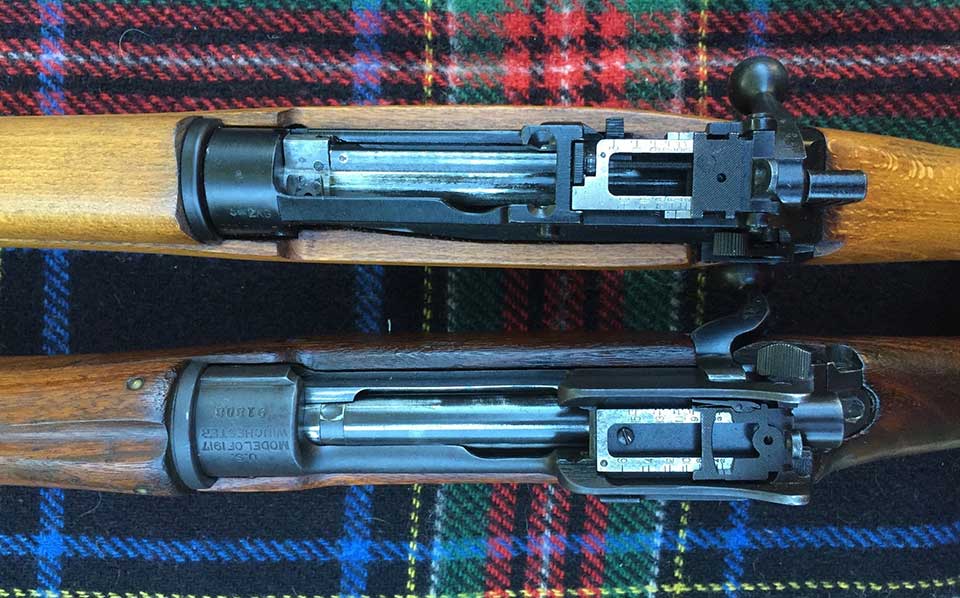
As you can see from the photo above, when comparing the two actions, the first thing immediately apparent is the size difference. The Mauser needs more material in the action to incorporate the locking surface for the bolt lugs into the receiver. This is particularly apparent on the M1917, as the P13 design greatly reinforced this area, so as to provide extra strength to a known weak point.
Below you can see the difference in the size of the bolts; the Mauser is longer, due to the locking lugs being at the front of the bolt. A longer bolt means more bolt travel is required to cycle the action which adds time between shots. The extra length also means that, unless the firer has an abnormal body, the Mauser cannot be cycled in the shoulder; which drastically slows down the time it takes to make a follow up shot. In addition to this, the Mauser's bolt lugs are diametrically opposed and of considerable size. Therefore, to unlock the Mauser it must be rotated through 90° instead of 60°, like the Lee. This adds extra movement into cycling the action, which adds extra time. It also means that even if the firer can keep the rifle in the shoulder when cycling the action he cannot maintain his sight picture as the bolt handle is in his line of sight. This severely reduces the firer’s situational awareness and ability to take a follow-up shot. All these factors combine to make the Lee the quicker and lighter of the two actions.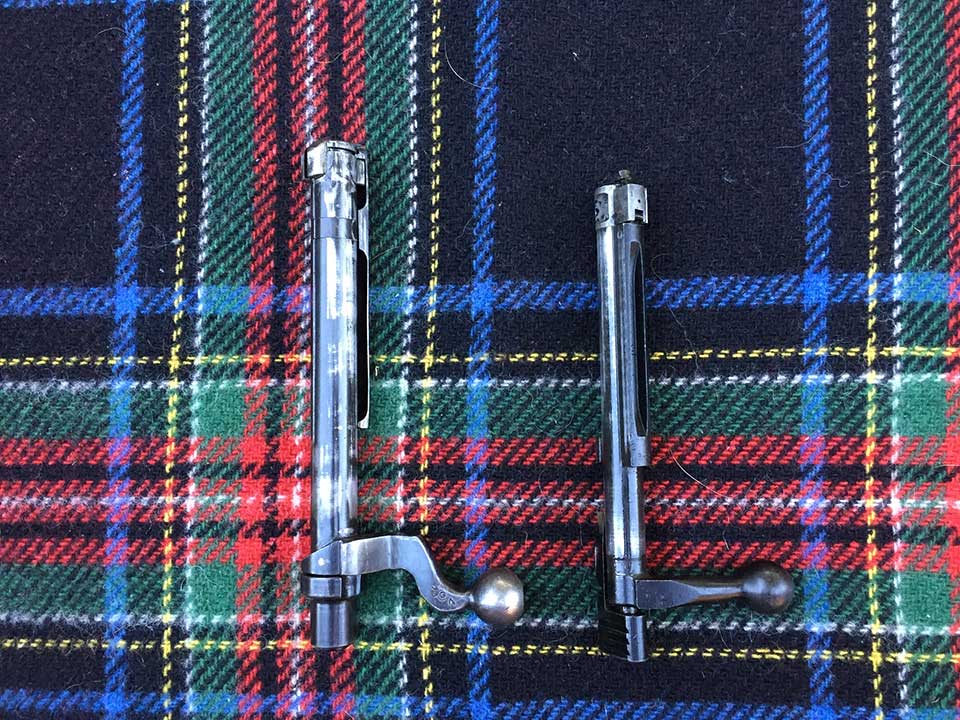
One of the primary criticisms of the Lee action is a lack of strength; this was agued by the British NRA in the run up to the P13 trials at the start of the 20th century. At that point in time, the deciding factors on action strength were the amounts of bolt thrust and pressure the action could take. Bolt thrust is the rearward force applied to the face of the bolt upon firing. The Mauser can take more bolt thrust than the Lee, due to the over engineered nature of its receiver and locking lugs. As the science behind firearms has developed, a much better understanding of how force is applied to an action during the firing of a cartridge has developed. It is now understood that very little bolt thrust occurs due to the way in which the cartridge expands and grips the walls of the chamber. This means that the deciding factor on action strength is the amount of pressure it can take. An area where the Lee has the edge by the way it supports the entirety of the cartridge case.
The rim of the cartridge is not fully enclosed by the chamber of the Mauser. The rear of the cartridge sits in the bolt face, not supported by the chamber. In addition to this, on a rimless cartridge, the rim of the cartridge is the weakest point. This hypothesis of weakness in the Mauser action is supported by the way in which the M1903 Springfield had issues with bursting receivers and chambers when this inherent weakness was compounded by badly heat-treated metal.
To counter this known weakness the M1917 Enfield had a substantially reinforced receiver. Conversely, the cartridge sits flush with the end of the chamber, fully supported, by the Lee action. So, whilst the Mauser can take more bolt-thrust than the Lee, the Lee is the stronger action where it actually matters; containing the pressure of the round being fired.
There are many who will claim that the Lee action is inherently inaccurate, whilst the Mauser is vastly superior in this department. To counter this, the following should be considered. The accuracy-acceptance standards of the No4 Enfield were higher than the K98 Mauser and far more King and Queen’s medals have been won at Bisley with Lee actioned rifles than with Mausers. The accuracy of a well set-up Lee actioned rifle will more than meet the requirements of any sportsman.
The Lee actioned rifle is the quintessential British rifle. It provides a lighter, smaller and more efficient action than the Mauser. Whilst the Mauser action is perennially more fashionable, there are some really amazing Lee actioned rifles out there for the sportsman that can see past the gun makers’ sales pitch. Recently the author encountered a Lee-Speed made by BSA and finished by Pape of Newcastle Upon-Tyne for sale at Holt's auction, in London.
Whilst the gun wasn’t made by a London maker on a Mauser action, it really was of superb quality - and it sold for a fifth of what it would have, had it been more conventional. Below is a picture of it. It would be fantastic if the gun makers of today once again turned back the clocks to the turn of the 19th century and considered the merits of the Lee action as a stalking rifle.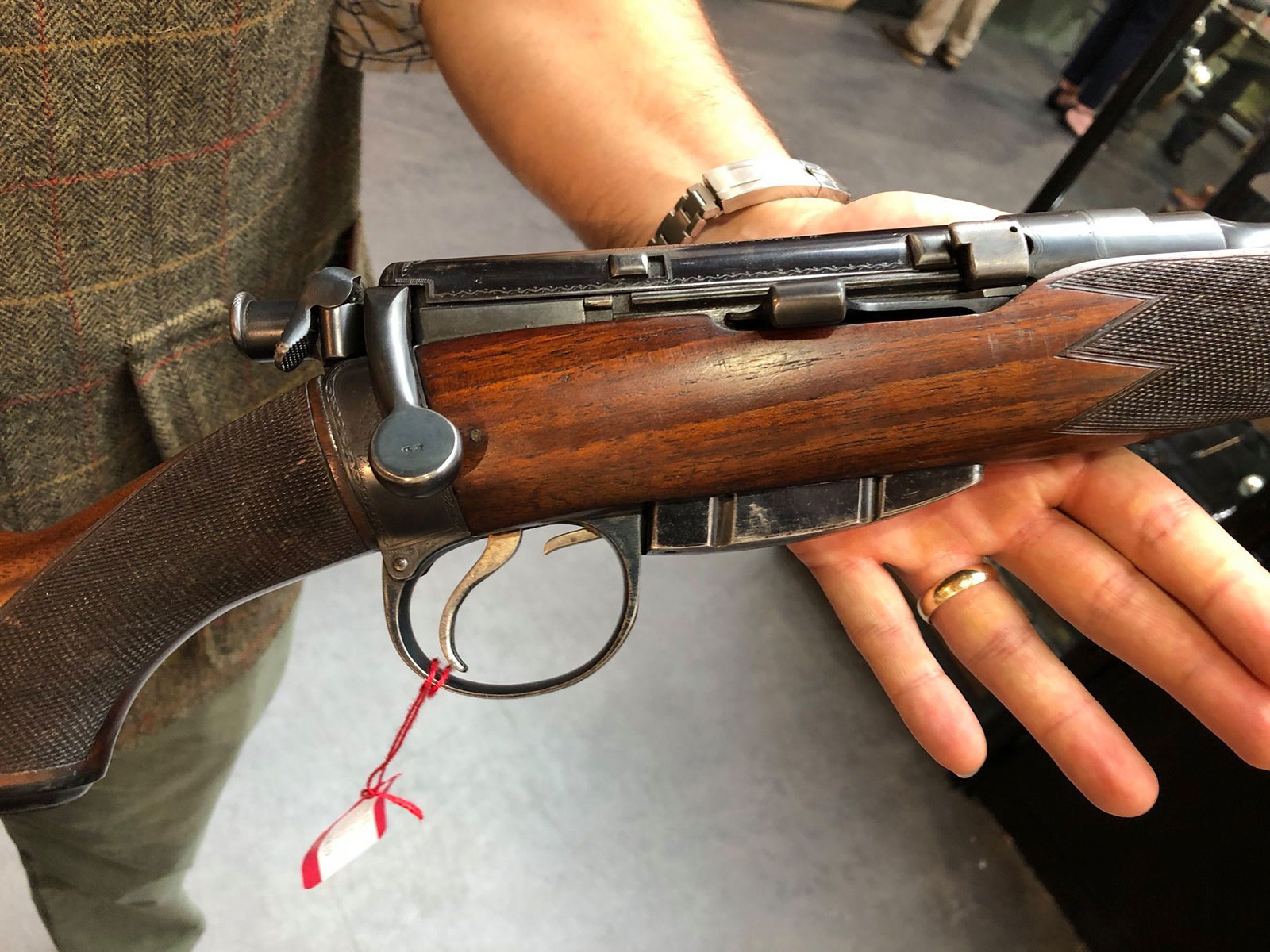
We may be unlikely to see new Lee-Speed stalking rifles emerging from London showrooms in the near future but buyers of vintage rifles would do well to re-consider the qualities of the Lee-action. Prices of Lee-Speeds typically run from £200 to £1,200 and they offer interesting options for customisation. The Mauser '98 wins all the plaudits - but remember: the Lee Enfield won the war!
Published by Vintage Guns Ltd on (modified )




